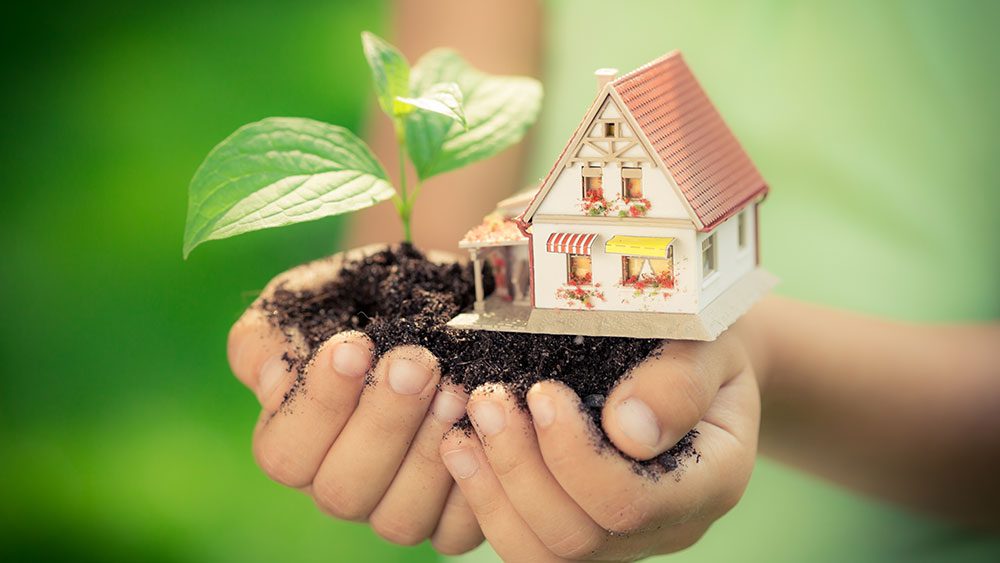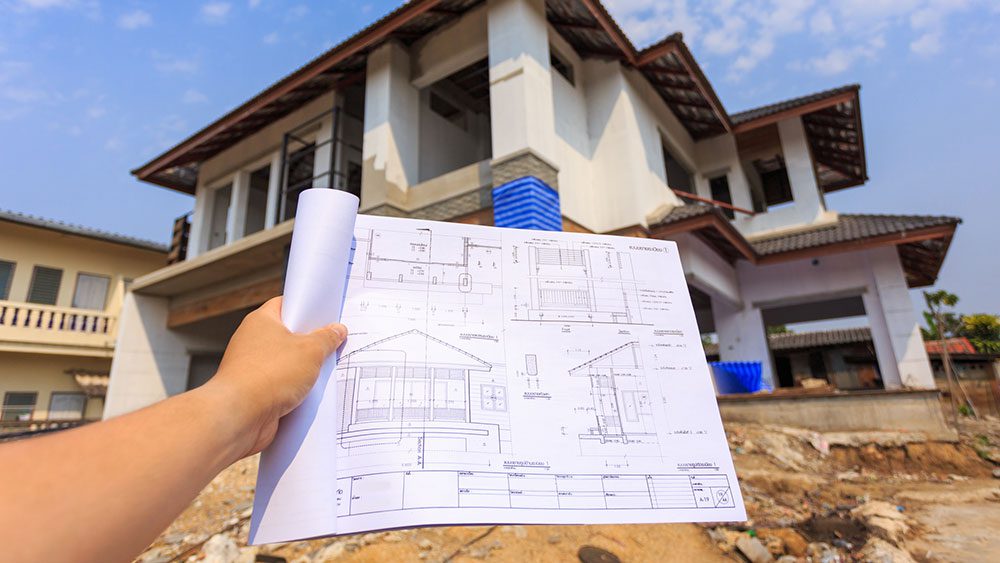In the ever-evolving real estate market, eco-friendly or green homes have become a focal point for modern homebuyers. These homes are distinguished by their sustainable features, environmentally friendly materials, and efficient energy use. Going beyond the traditional bricks and mortar, they encompass a philosophy that aligns the comfort of living with the environment’s well-being.
The Growing Demand for Green Living
Over recent decades, the global consciousness has shifted towards sustainability. This transformation is evident in multiple sectors, from food and fashion to transportation and, notably, real estate. The reasons for this change are twofold:
- Sustainability Trends in Real Estate: Modern homeowners seek more than just a shelter. They desire homes that resonate with their values, and sustainability is a prevalent concern in a world grappling with climate change.
- Environmental Concerns Driving the Shift: As the effects of climate change become increasingly tangible, there’s a growing urgency to mitigate its impact. Eco-friendly homes, with their reduced carbon footprint, are an answer to this call.
Key Benefits of Eco-Friendly Homes
Choosing a green home is not merely an environmental decision but one that offers tangible benefits to homeowners that include:
- Energy Efficiency and Cost Savings: Green homes often have energy-efficient appliances, solar panels, and other features that significantly reduce electricity and heating expenses. Over time, these savings can be substantial. Moreover, by consuming less energy, homeowners play an active role in reducing greenhouse gas emissions, directly contributing to a smaller carbon footprint.
- Enhanced Indoor Air Quality: Traditional homes sometimes have indoor pollutants due to toxic paints, glues, and other materials. In contrast, green homes prioritize non-toxic, organic, and natural materials. This choice, combined with superior ventilation systems, ensures a healthier indoor environment, potentially reducing respiratory and allergic reactions among occupants.
- Increased Home Resale Value: With the growing demand for eco-friendly properties, such homes often demand a higher market price than their non-green counterparts. Buyers are willing to pay a premium for sustainable features, ensuring homeowners see a higher return on their investment.
- Contribution to a Sustainable Future: Beyond the personal benefits, choosing a green home aligns with broader efforts to conserve our planet’s resources. Such properties often incorporate water-saving fixtures, use sustainable or recycled building materials, and prioritize renewable energy sources.
Essential Features of a Green Home
An eco-friendly home is characterized by a range of features designed to minimize environmental impact, including:
- Solar Panels and Renewable Energy Sources: Harnessing the sun’s power, solar panels provide a clean energy alternative to fossil fuels.
- Energy-Efficient Appliances and Fixtures: From refrigerators to lighting systems, these reduce energy consumption without compromising functionality.
- Sustainable Building Materials: Bamboo flooring, recycled steel beams, and non-VOC paints are durable and environmentally friendly materials.
- Effective Insulation and Passive Solar Design: These homes utilize strategic design elements, like positioning large windows towards the south to trap heat during winters and reflect it during summers, reducing heating and cooling needs.
- Water Conservation Systems: Rainwater harvesting, greywater, and low-flow fixtures help conserve water.
- Landscaping and Native Plants: Green homes often have gardens with native plants that require less water and are more resistant to local pests, reducing the need for pesticides.
Buying Tips for Eco-Friendly Homes
For those considering an investment in a green property, these tips can guide an informed decision:
- Researching Green Home Certifications: Certifications like LEED (Leadership in Energy and Environmental Design) or Energy Star assure a home’s sustainability credentials. Familiarizing oneself with these can aid in evaluating a green property.
- Inspecting the Home’s Energy Efficiency: Prospective buyers should check for energy performance certificates or ratings, offering insights into the home’s energy consumption patterns.
- Assessing the Quality of Materials Used: Investigate the origins, durability, and environmental impact of the materials used in construction. This exploration ensures the home’s sustainability claims are genuine.
- Engaging an Eco-Friendly Real Estate Agent: Agents specializing in green properties can offer valuable insights, ensuring buyers make a well-informed choice.
- Considering Future Green Upgrades: Even if a home isn’t entirely green, evaluate its potential for sustainable upgrades. This foresight can help increase the home’s value over time.
The Future of Eco-Friendly Homes
The trajectory for green homes looks promising. Innovations in sustainable materials, energy storage, and architectural designs continually enhance the efficiency and appeal of eco-friendly homes. Additionally, as technology plays an ever-increasing role in our lives, we can anticipate integrating smart home technology with eco-friendly designs, leading to intelligent and sustainable homes.
Closing Points: Making a Sustainable Choice in Homebuying
Eco-friendly homes are important for personal well-being, financial prudence, and environmental responsibility. As our world grapples with unprecedented environmental challenges, investing in a green home is not only a personal one but a step towards a collective, sustainable future. By understanding the benefits and equipping yourself with the right buying tips, you can make an informed and impactful choice in home buying.
© 2024 xpertRealtyMarketing.



